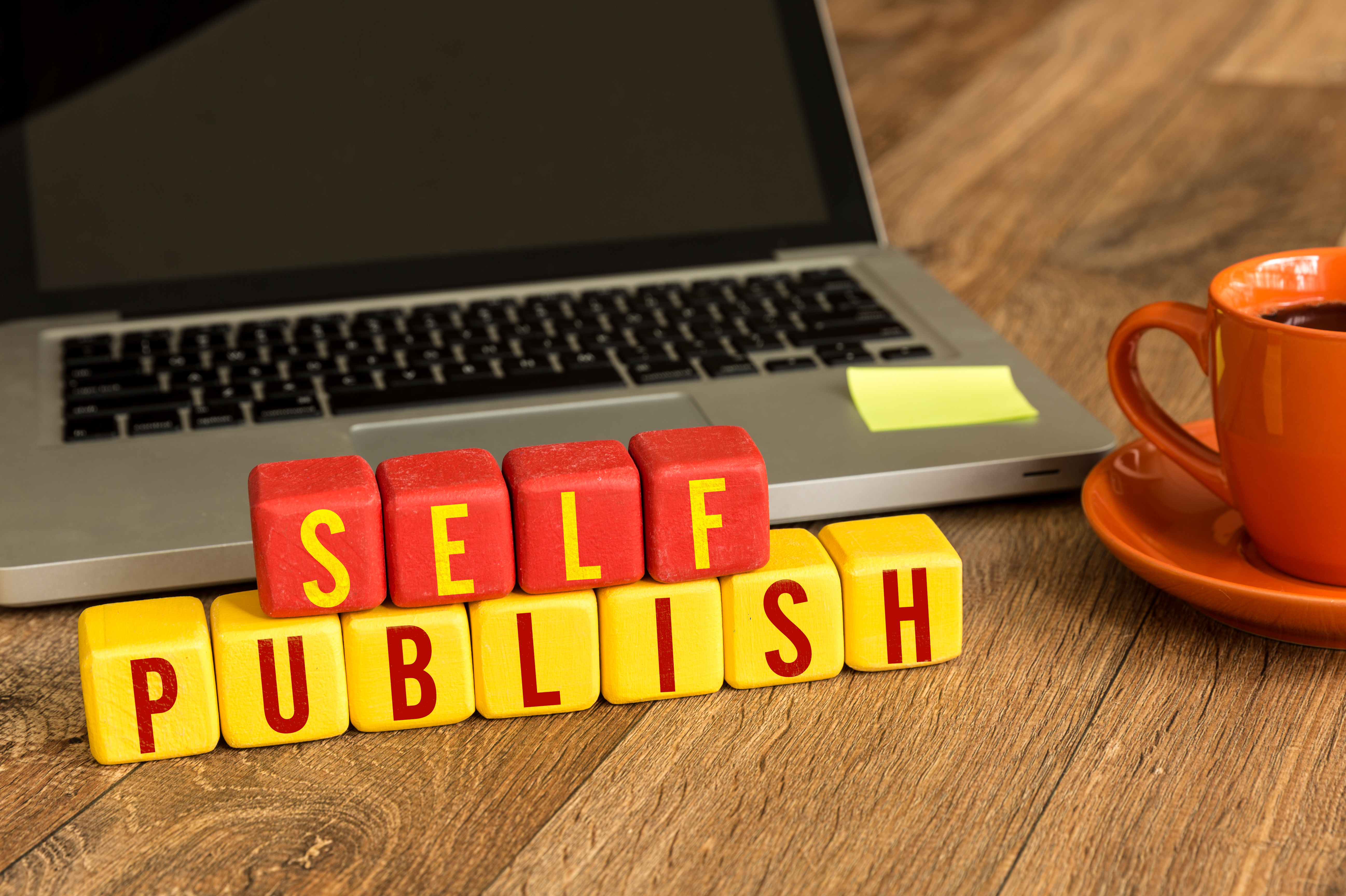
Do It Yourself: 10 Tips for Successful Self Published Books
Do you have dreams of writing the next, great American novel? Is publishing a book one of the items you’re longing to cross off your bucket list?
While it takes both talent and discipline to write a book, it takes a combination of planning and strategizing to transform from writing to publishing.
Let’s take a look at the top tips for self-published books.
1. Commit And Schedule The Process
If you’re “waiting” to find the motivation to finish that book, you’ll find yourself waiting years…and years…and years. Instead of hoping for vague motivation to come, you must focus on discipline and commitment.
After all, successful authors block time for their writing and publishing because it’s a job. If you treat it as such, you’ll respect the work you need to do.
Maintain a productive workspace. Track your progress and goals. Avoid (as much as possible) editing as you go, as this tends to only slow you down.
2. Determine If Self-Publishing Is Appropriate
For some authors, this won’t be the best course of action. You’ll need to identify your goals when choosing between traditional or self-publishing.
With self-publishing, you control most of the variables that come into selling your book. This control means that you choose the price, cover, and publication date. Thus, the potential for earning is limitless.
However, there are downsides to this approach. You are solely responsible for the editing, marketing, and selling of your book. Without a traditional publisher, you won’t have access to professionals who will launch the book into the mainstream for you.
3. Pay For Professional Editing
Sure, your mother may be your biggest fan. But if she doesn’t have a firm grasp of the nuances of syntax, language, and character development, your readers won’t be impressed.
Professional editing is nonnegotiable. You need a nonbiased expert who can polish your writing to where it needs to be.
Of course, there are different types of editors. Manuscript edits overview the ‘flow’ of your story, which includes your plot and your narrative voice. Copyediting, on the other hand, focuses on technical issues like spelling and grammar.
4. Take Your Book Cover Seriously
Contrary to the famous adage, plenty of people do judge books by their covers. Thus, your cover design is an essential marketing tool for readers.
You want a design that’s aesthetically pleasing- it should balance both the typography and the image. The cover should also reveal the book’s genre, as this will most likely appeal to your target demographic.
This isn’t an area to DIY (unless you’re a graphic designer). You should set aside between $500-$1500 for your cover.
5. Maintain The Industry Formatting
No matter how creative you are, it pays to follow the standard formulas. This means including an introduction, forward, copyright page with a disclaimer and ISBN, and acknowledgments.
6. Research Your Market
You should know the competition as well as you know your own writing. Why? Because, with self-publishing, you’re on the hook for marketing and positioning your book to readers.
This means you’ll need to know what your readers are currently, well, reading! Better yet, how is your book different from what’s already out there?
Get familiar with your genre. Read the top-selling authors and learn their formulas. The idea isn’t to replicate- it’s to do it better.
7. Write An Irresistible Description
With over 1 million self-published books on the market, you need to capitalize on every opportunity you can find to stand out from the competition.
An irresistible description is essential. This is the hook, and it’s the text that often represents the deciding factor as to whether or not a reader chooses to buy your book over someone else’s.
Not sure where to start? Engage in your research! Read the top dozen book descriptions in your genre and assess for any patterns.
8. Be Realistic With Your Goals
Of course, you want to publish your book and retire on a tropical island courtesy of the extravagant royalties. Unfortunately, this isn’t always the case.
Publishing continues to remain a highly competitive industry. If this is your first time on the market, be realistic and cautious. You may not start out selling thousands of copies right away.
9. Embrace Social Media
Readers don’t want just to read a particular author. They want to know the personality behind the author. In other words, they want to know who you are and what you stand for.
Social media provides the most straightforward platform to engage with your audience. From writing articles on LinkedIn to creating beautiful pins on Pinterest, social media offers an invaluable funnel for marketing (click for more info).
10. Do It Again!
Did you cross off that bucket list item? Is your name in print? A big congratulations are indeed in order!
However, most authors will agree with this sentiment: don’t stop at the first book! Like with most art forms, writers can often get better with time, practice, and persistence. That means you can look forward to writing better books in the future.
Furthermore, marketing can be much simpler once you’ve already built a substantial following. Readers tend to follow and support their favorite authors. If your first book was a smashing success, keep giving the readers more of what they love!
Final Thoughts On Self-Published Books
Self-publishedd books continue to dominate the industry, and for a good reason. They benefit both the author and the reader with their convenience and widespread accessibility.
Do you want to learn more about promoting your new book? Check out these expert tips today!
